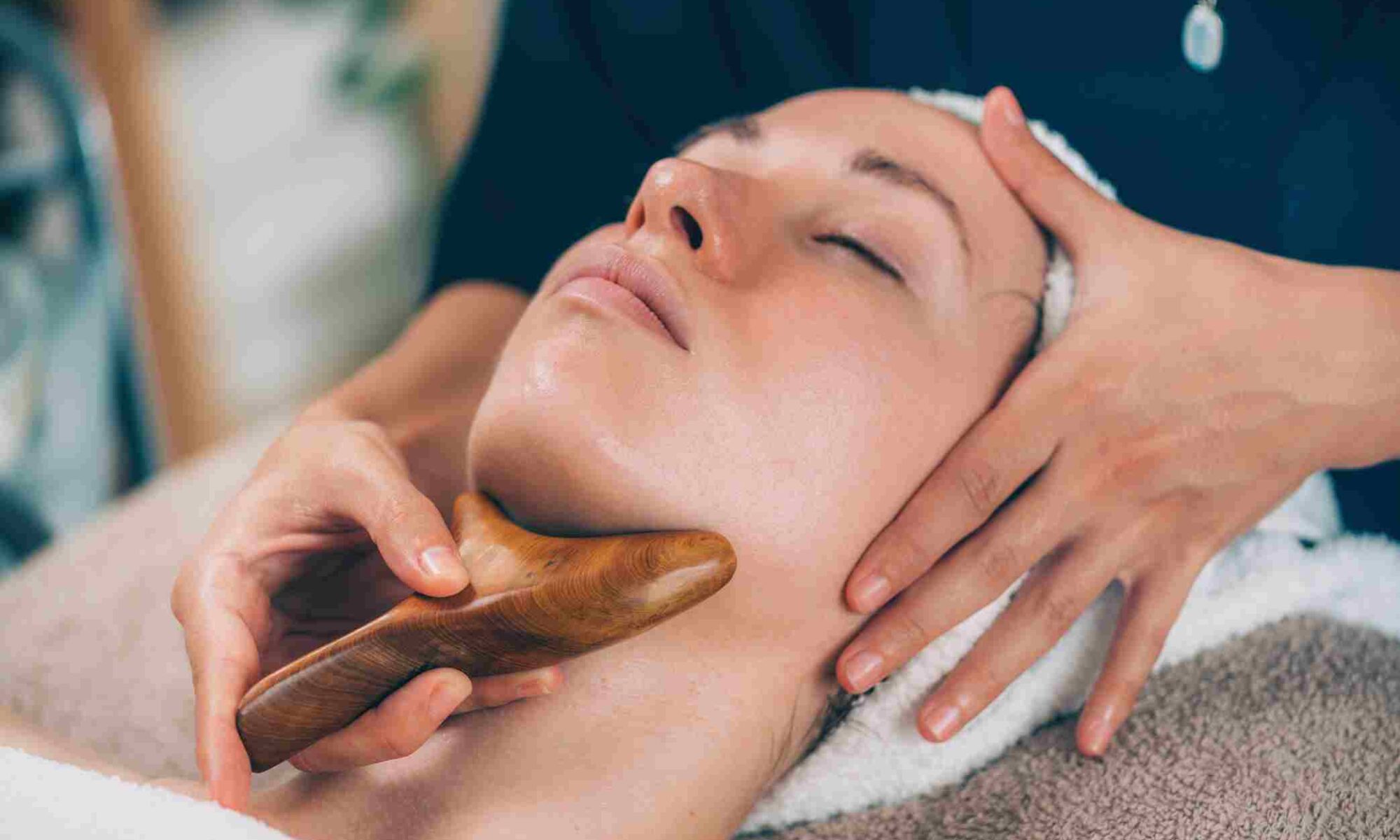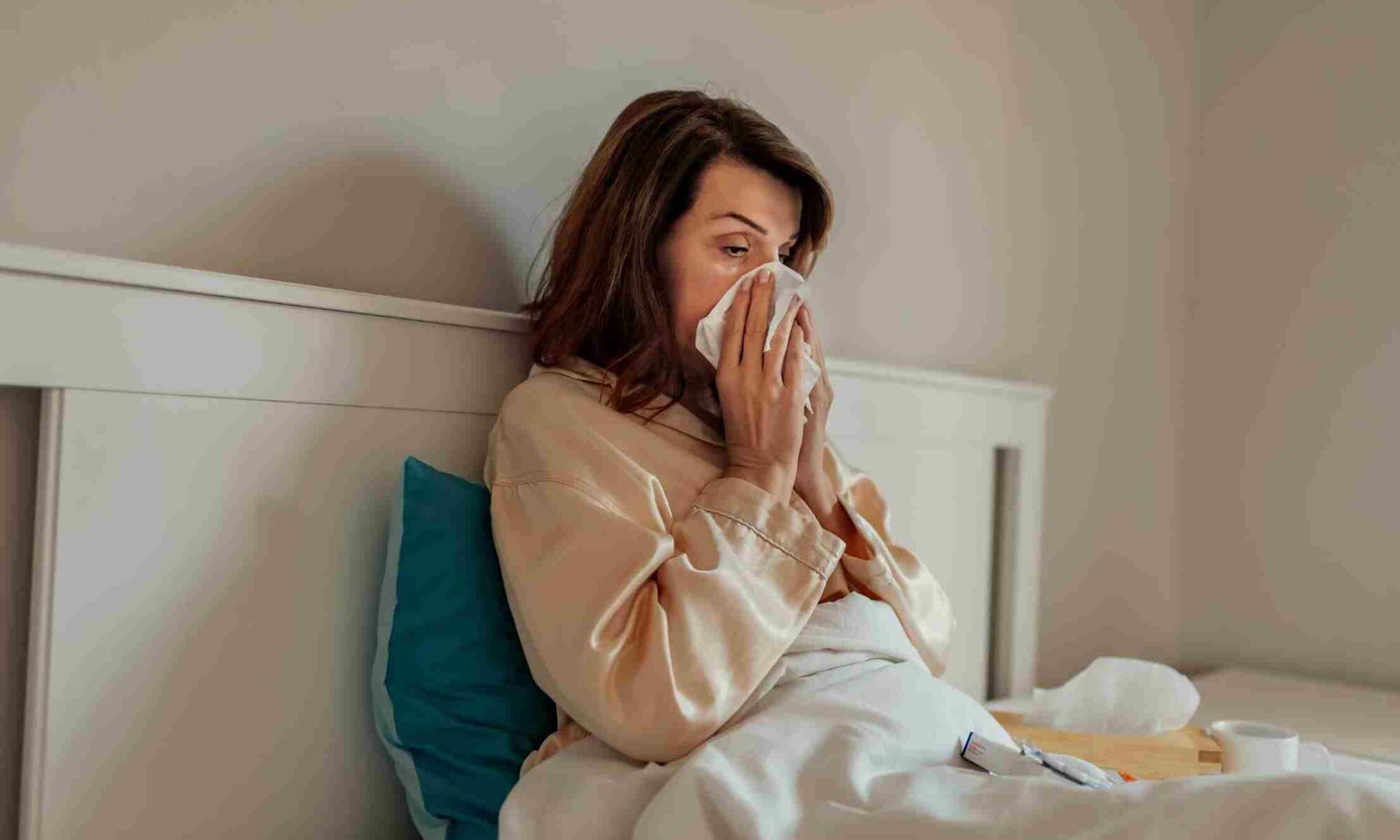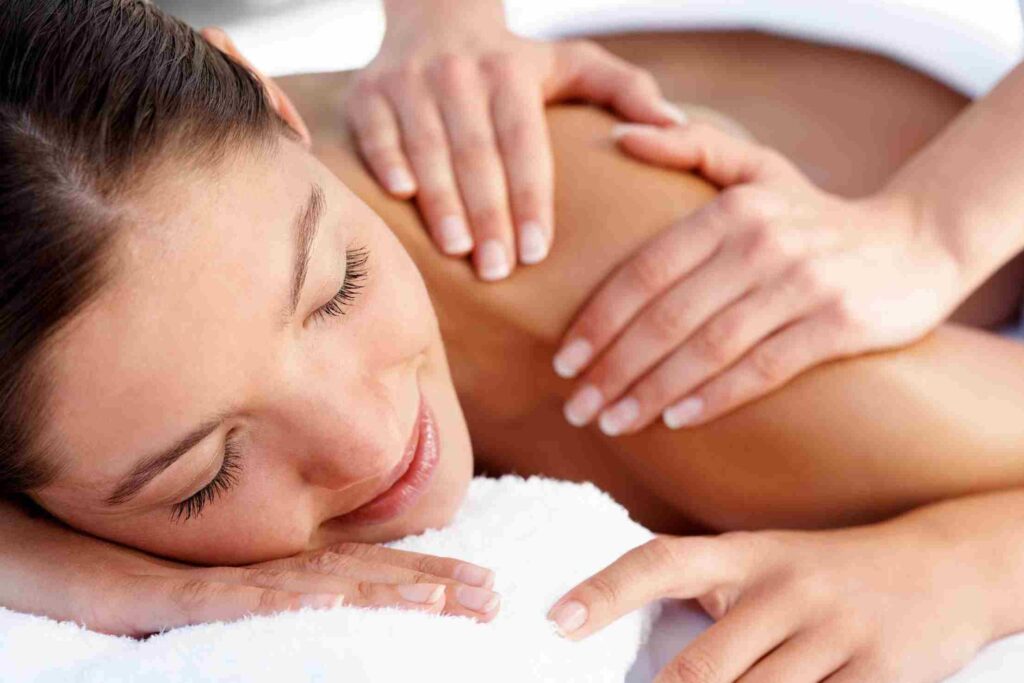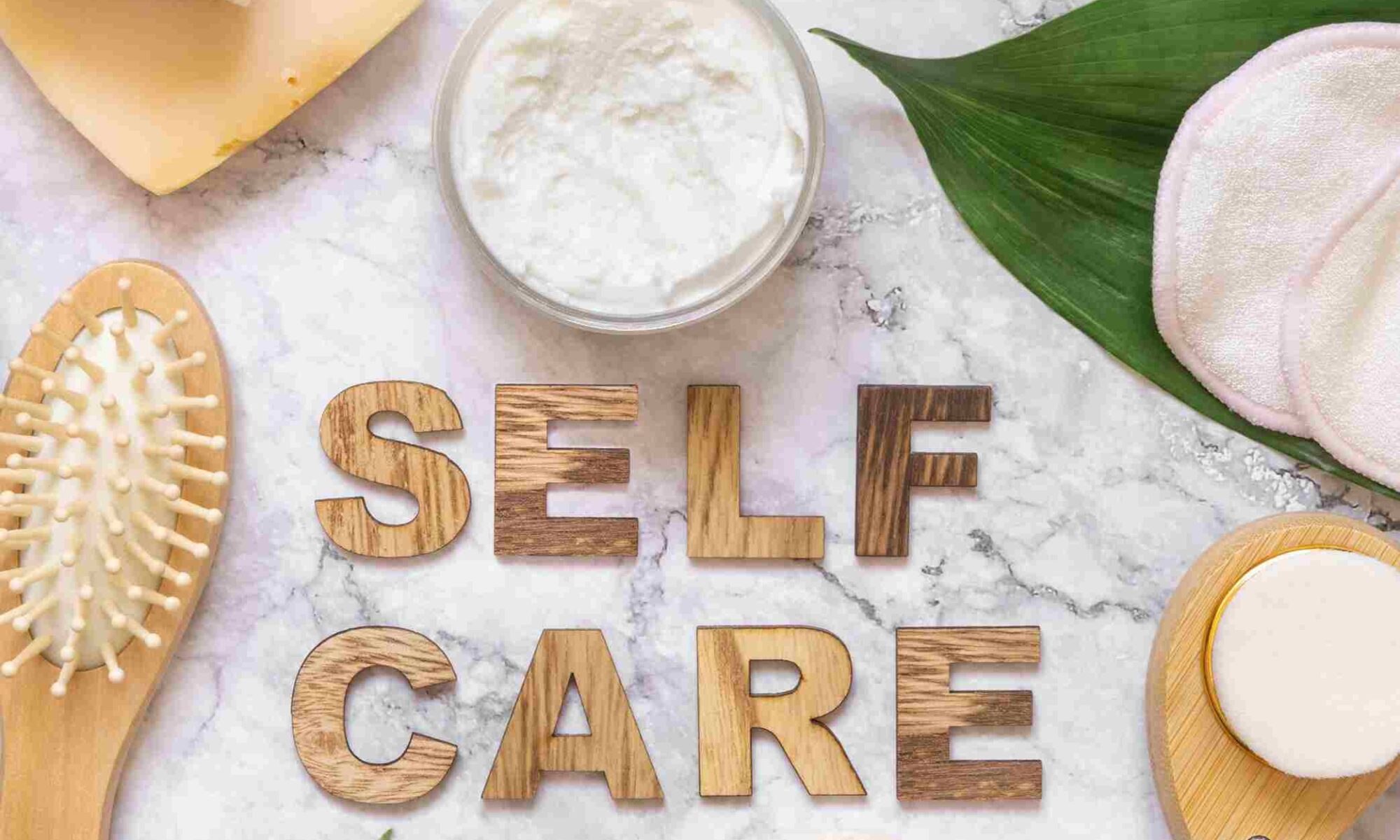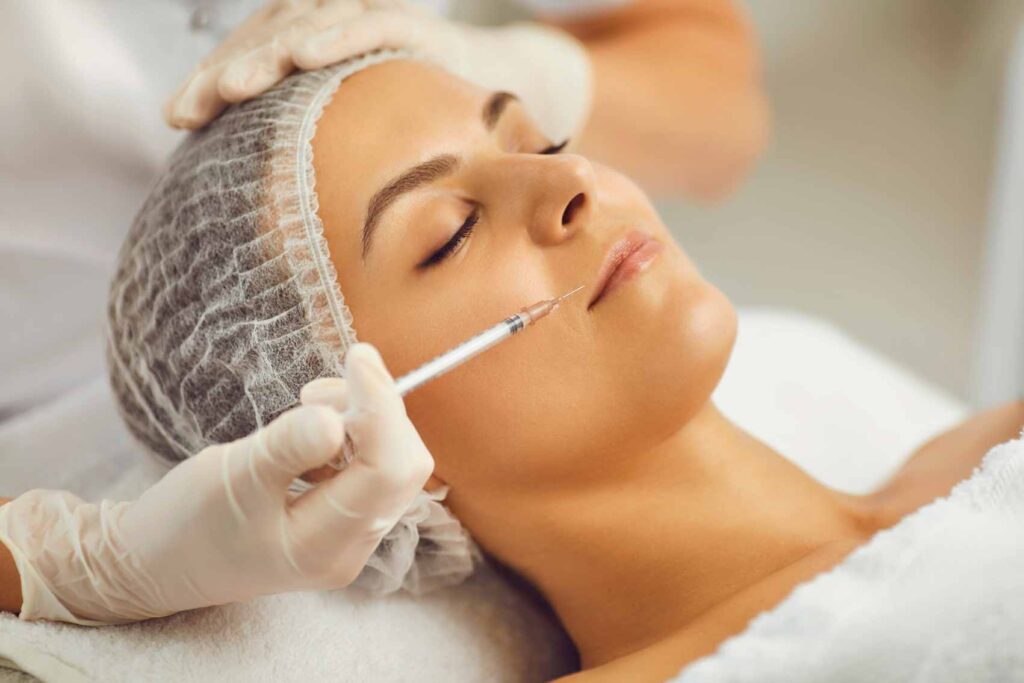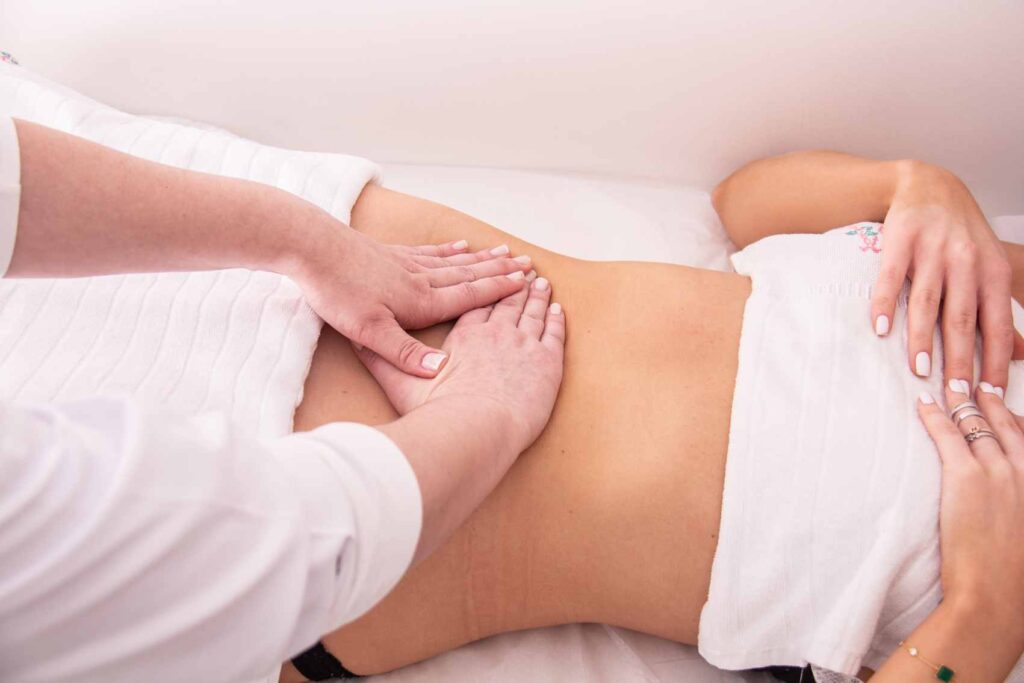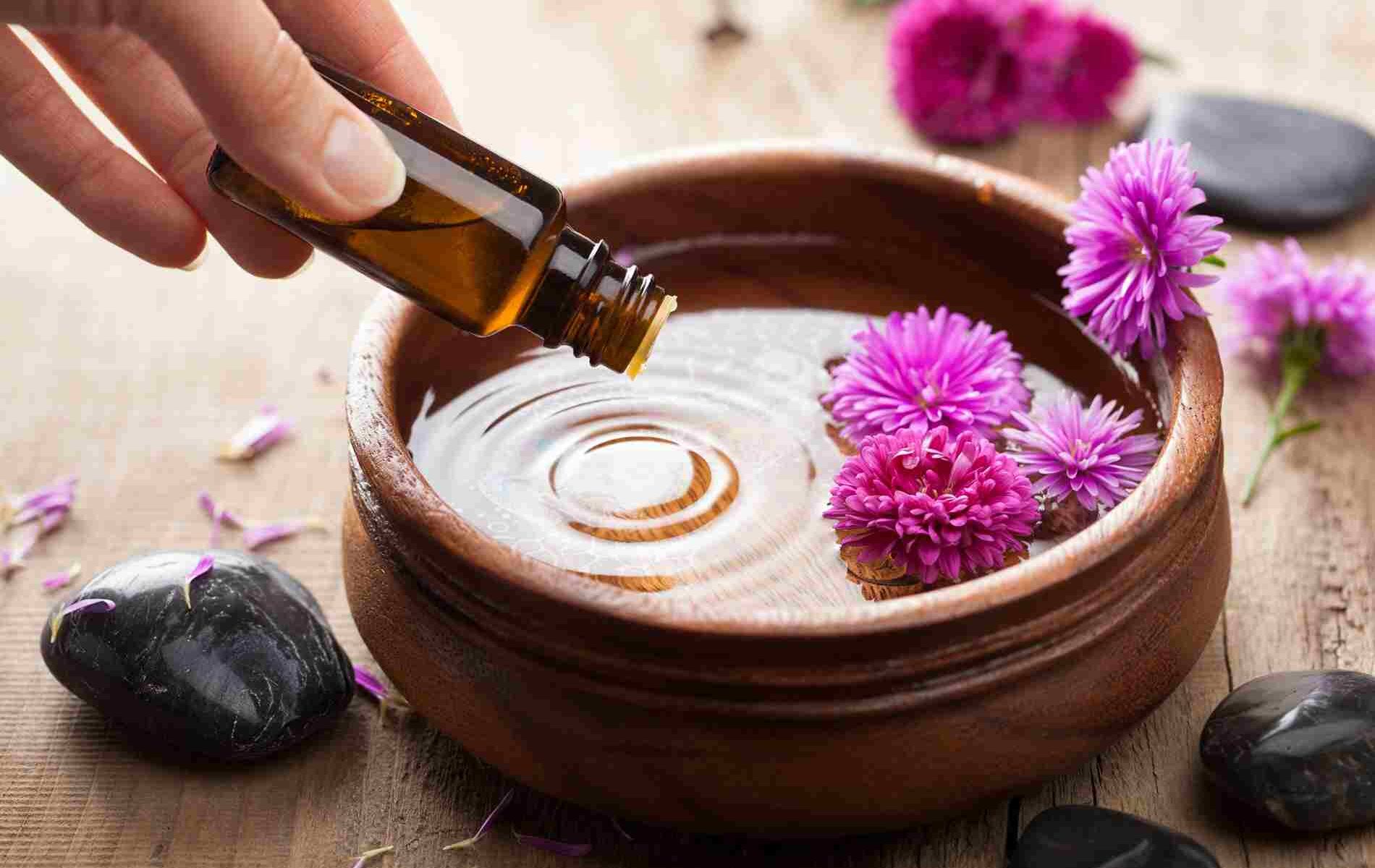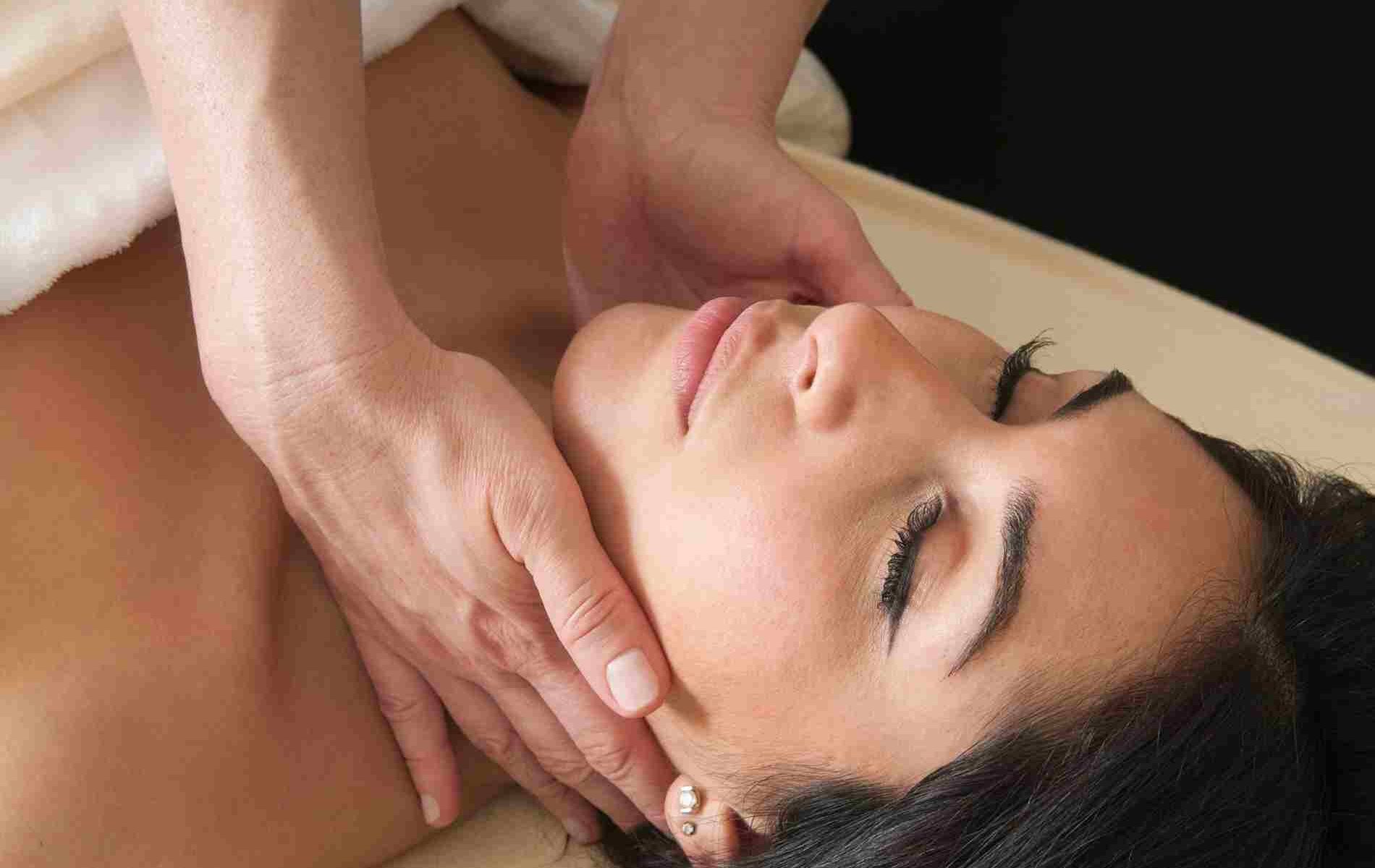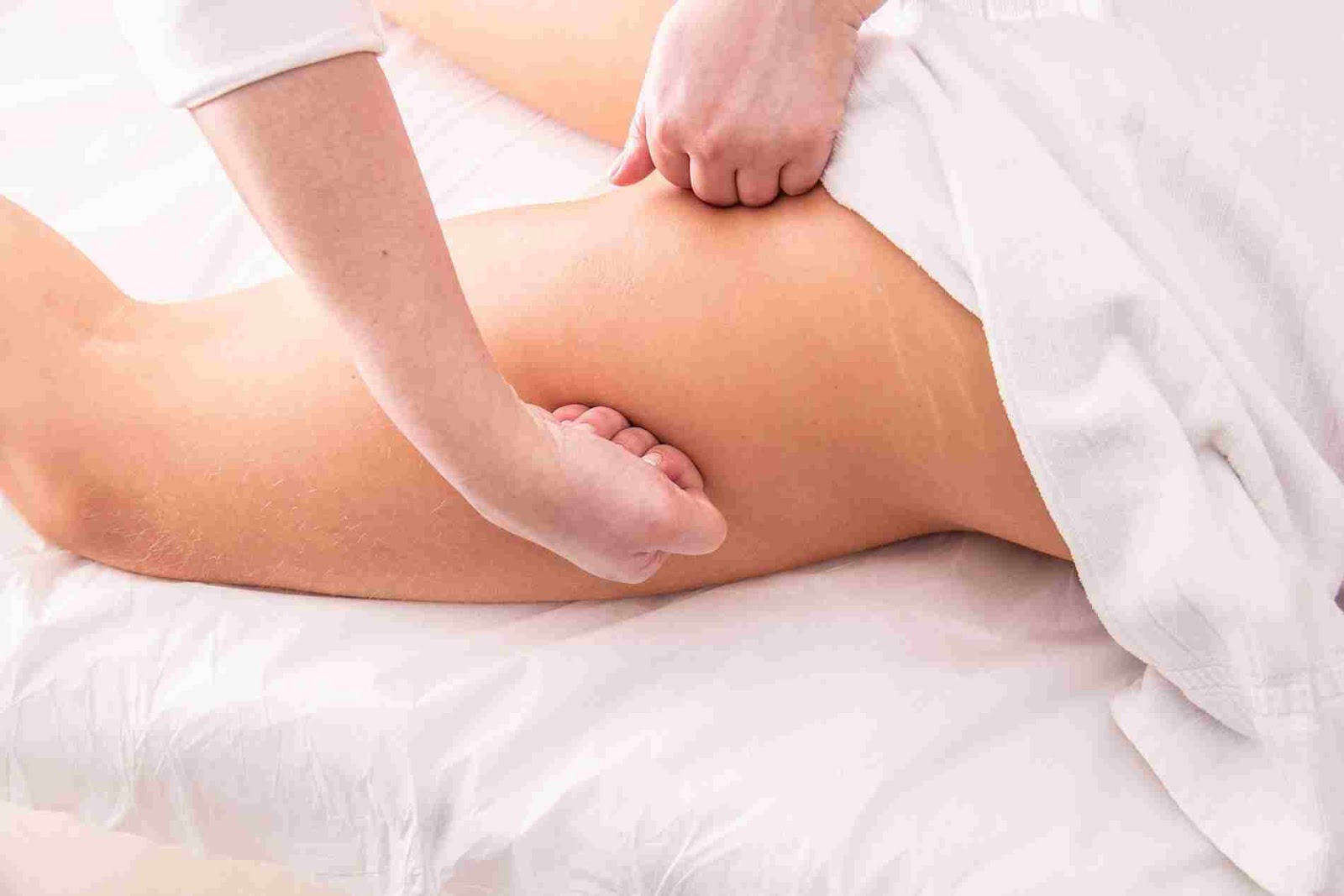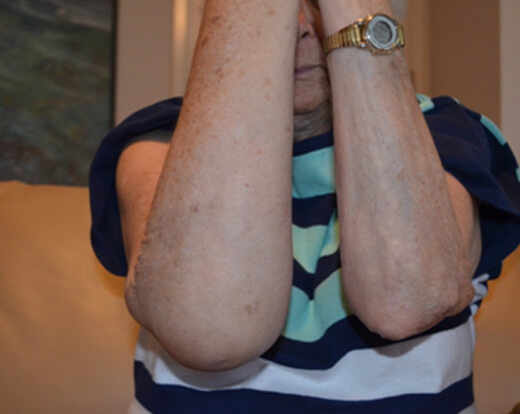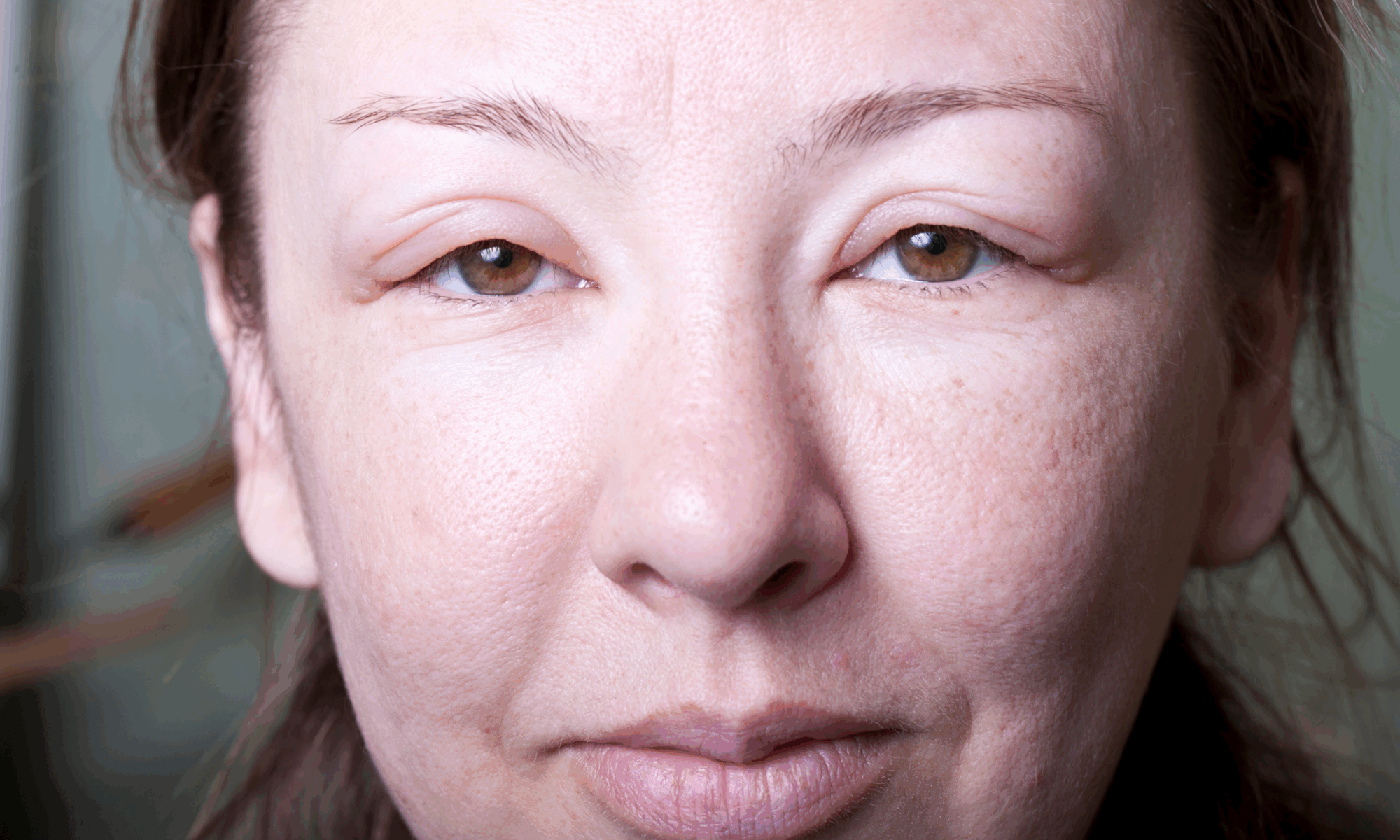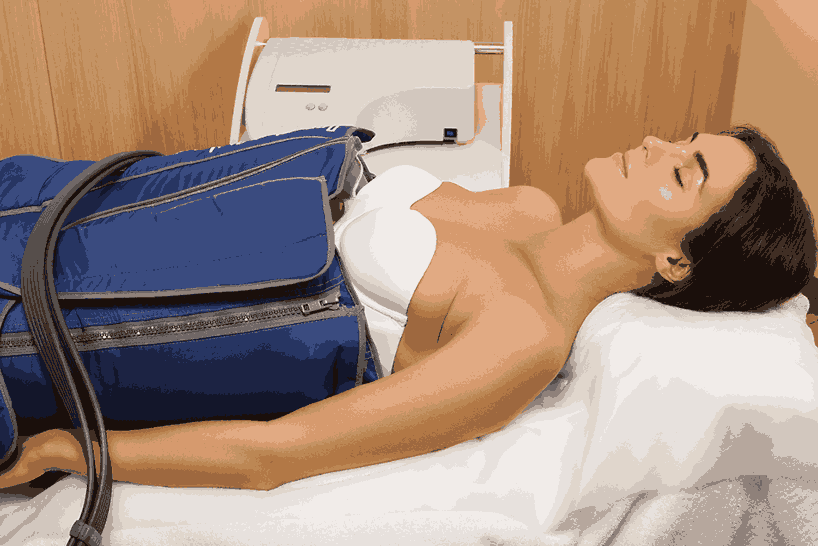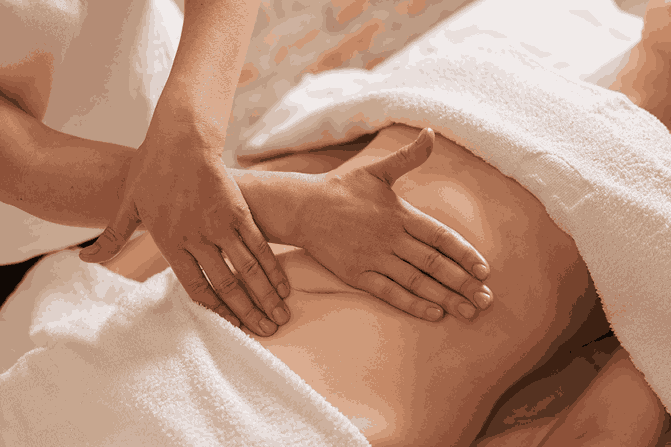Have you noticed a subtle puffiness in your legs after a long day? That nagging tightness in your arms that just does not go away? For many people, these are early whispers of a much bigger story: a lymphatic system under stress.
Early intervention for lymphatic conditions can be the difference between manageable symptoms and long-term discomfort. The sooner you act, the easier it is to feel like yourself again and stay that way.
We will explain why catching things early matters, how lymphatic drainage San Diego services help, and why lymphatic massage San Diego is one of the smartest steps you can take today.
What’s the Lymphatic System?
Most people don’t know how vital the lymph is. Your lymphatic system moves lymph fluid, a mix of water, proteins, fats, and white blood cells, through your tissues and into your bloodstream. It also filters out toxins, supports your immune system, and helps keep inflammation in check.
However, your lymphatic system doesn’t have a pump like your heart. It relies on your movement, hydration, breath, and external support to keep things flowing.
Why Early Intervention Changes Everything
Lymphatic conditions do not pop up overnight. They build slowly and quietly. What starts as mild swelling can turn into persistent lymphedema if ignored. Once fibrosis (hardening of tissues) sets in, the damage can be permanent.
Early intervention gives your body a chance to rebalance before things spiral. Would you wait until your car breaks down to get an oil change?
The earlier you intervene, the less effort it takes to restore lymph flow, and the better your results.
The Role of Lymphatic Massage
One of the best tools for early lymphatic care is lymphatic massage San Diego, which is a specialized technique that is nothing like your average deep-tissue rubdown.
Lymphatic massage is a light, rhythmic massage that targets lymph vessels just under the skin. It helps to:
- Reduce swelling and fluid retention
- Improve immune function
- Support detox pathways
- Relieve that heavy, achy feeling in your limbs
Lymphatic massage is gentle, but make no mistake, it is highly effective. Many clients leave a session feeling lighter, less bloated, and more energized. Over time, regular treatments can prevent minor symptoms from becoming full-blown conditions.
Furthermore, if you are recovering from surgery or injury, lymphatic drainage San Diego specialists often work closely with post-op patients to speed up healing and reduce scarring.
Early Signs Your Lymph System Needs Support
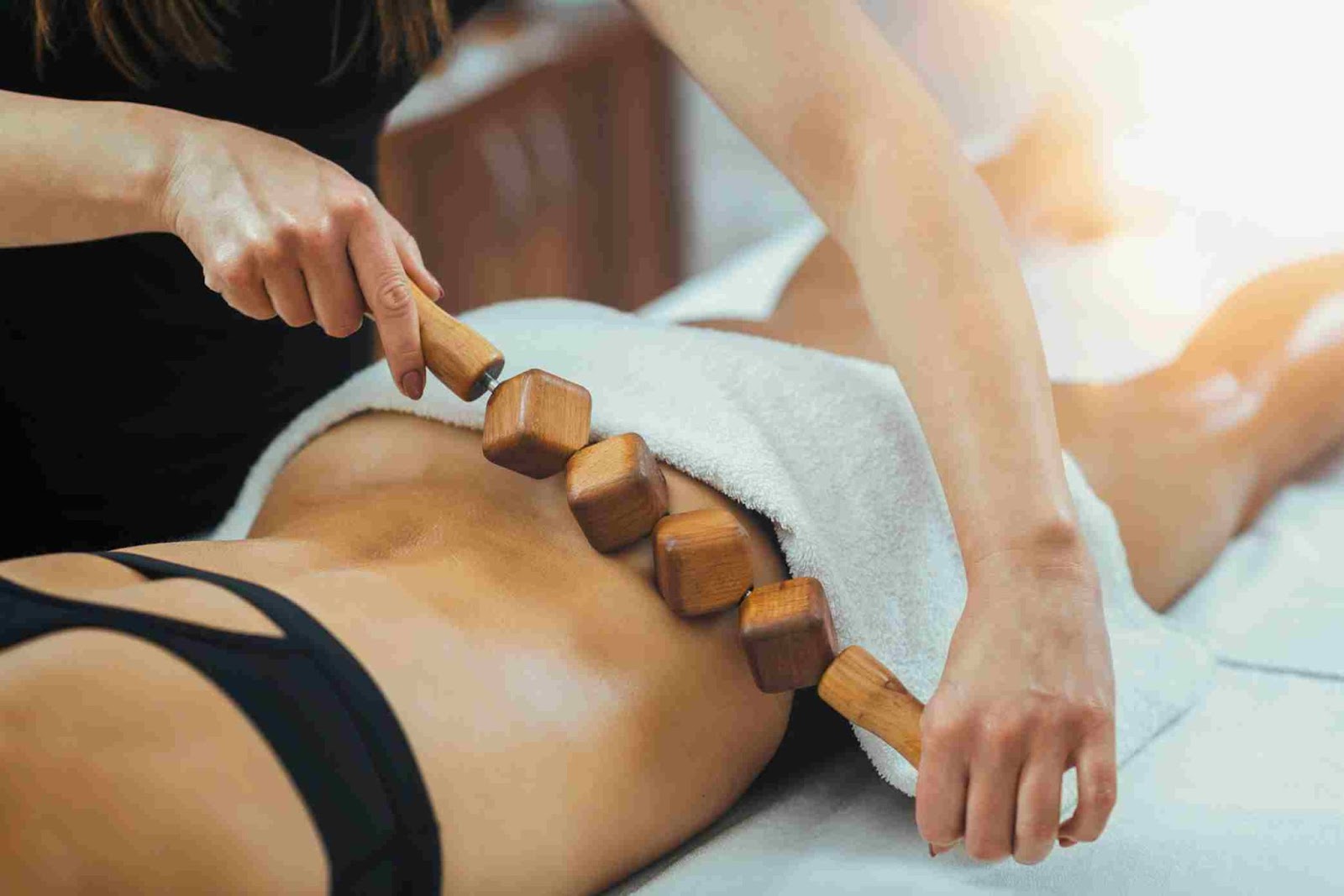
Early intervention only works if you know what to look for. Here are some red flags that your lymphatic system might be slowing down:
- Puffiness in the face, arms, or legs that comes and goes
- A “tight” feeling in your skin or joints
- Clothes or shoes fitting tighter by the end of the day
- Slow healing after bruises or cuts
- Chronic fatigue without an apparent reason
These symptoms are your body waving a flag, not just complaining. When you notice the symptoms we have listed above, it is time to get curious and take action rather than wait.
What Does Early Care Look Like?
Early lymphatic care does not have to be intense. On the contrary, it is often about small and simple steps done consistently. Here is what a proactive plan might include:
- Book a lymphatic assessment. Find a provider who specializes in lymphatic drainage San Diego. They will help identify early signs and map out a strategy.
- Incorporate movement. Gentle exercise like walking, yoga, or rebounding supports lymph flow.
- Get regular treatments. Depending on your symptoms, weekly or biweekly lymphatic massage San Diego sessions can work wonders.
- Support your system at home. Stay hydrated, eat whole foods, use dry brushing, and avoid tight clothing that restricts flow.
Don’t wait for a diagnosis. Keep everything moving before things start getting stuck. One of the biggest myths about lymphatic therapy is that you need a formal diagnosis to get started. If your body sends signals, you can and should take action now. You do not need a prescription to book a lymphatic massage San Diego appointment. You only need to listen to your body and act before discomfort becomes dysfunction.
Lymphatic Drainage San Diego
Living in San Diego gives you quick and affordable access to some of the country’s top lymphatic drainage San Diego services. Whether you are seeking wellness maintenance, post-surgical recovery, or early-stage symptom relief, experts are trained specifically in lymphatic therapy.
Look for clinics that understand how to personalize care and avoid following a one-size-fits-all protocol. Lymphatic massage San Diego should be gentle, informed, and targeted.
Conclusion
Early symptoms of stagnation might seem small at first, but over time, they can seriously affect your quality of life. The secret to a healthy lymphatic system is to stop waiting to take action. Lymphatic Drainage San Diego services exist to help you move, feel, and live better without letting things get out of hand. Even if you feel “mostly fine” today, a proactive lymphatic care plan can keep it that way.

